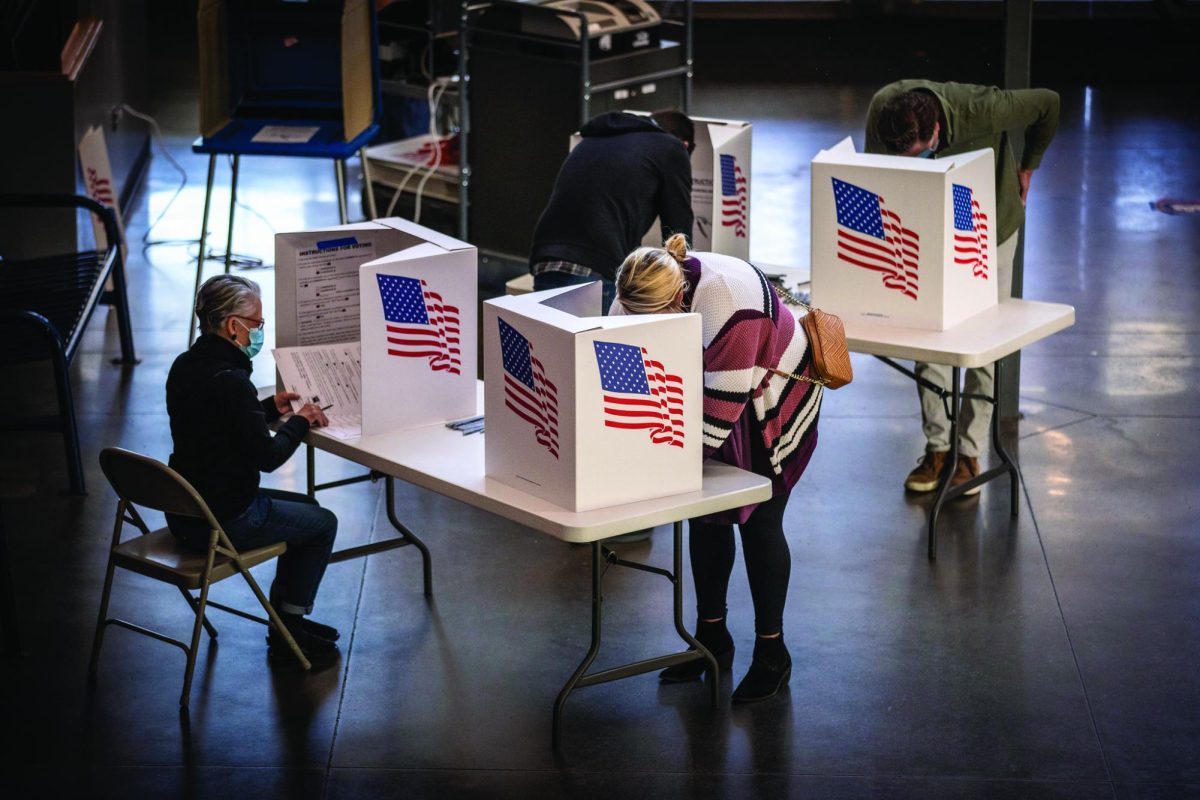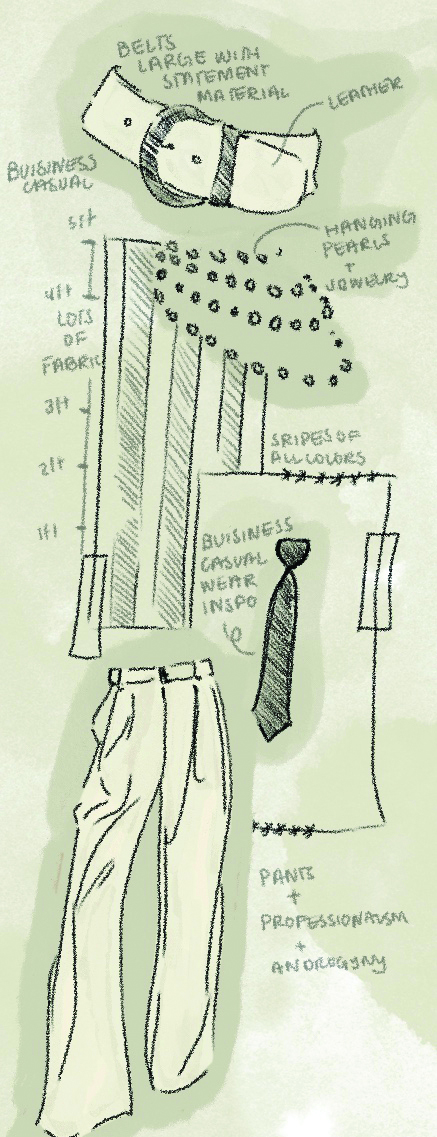Written by Christina ’16, Kate ’17, Baxter King-Epping ’16 and Sarah Ryan ’17
Facebook. Instagram. Snapchat. Twitter. Tumblr. Pinterest. LinkedIn. Google+. Most teenagers are familiar with these social media platforms. With the ever-expanding accessibility to these online worlds through digital devices, such as phones, computers and tablets, it is important to understand the influence these developments have on the lives of our generation and the direction in which we are heading, specifically around issues of identity and self-worth.
Many questions arise with this increasing reliance on social media. What image do I want to present of myself? Is that image authentic? How can I present my best self? What filter should I use for this selfie? In this day and age, with applications like Photoshop and the endless amount of filters, the easiest answer is to zap that zit out of the picture, make myself a shade, or five, tanner, and brighten my teeth. Of course, this editing and revising only comes after I have already deleted hundreds of selfies that don’t make the cut. The outcome is an image that looks slightly less like me and more like a Kardashian. But this modification is the goal: to present the best possible image of myself, even if it isn’t really me.
IDENTITY
Social media encourages people to define themselves with a profile. That definition can be difficult in any stage of life but is especially so for an adolescent girl in the thick of self-exploration and discovery.
According to the Huffington Post, 61 percent of Instagram’s over 400 million users identify as female and only 44 percent identify as male. Other social sites and apps post similar statistics about greater popularity among girls than boys. According to researchers Bertty Merten, Ph.D., and Peter Lewinsohn, Ph.D., this makes sense for adolescent girls who generally think more about their appearance and others’ perceptions of them.
Defining oneself on social media can generate anxieties, but it can also provide a more tenable model for self-discovery and help teenagers negotiate between who they are and how they want the world to see them.
Athletic Director David Collicutt has observed the importance of social media profiles in the athletic recruitment process and overall thinks a presence is positive.
“When you build a social media profile, a sort of online resume, it’s better to have a few mistakes rather than nothing. To have no presence is sort of an alarm bell. I have encouraged my two daughters to use social media in a responsible way and think about how that history will never go away,” Collicutt said.
Researchers at the University of San Diego have discovered that social media can generate happiness in people when they spread or receive positivity from friends or followers by commenting positively or posting a cheerful comment. These “happy updates” were much more powerful in altering a user’s mood and provoking him or her to spread happiness than a negative update was. Researchers report that keeping this impact in mind on social media could widely spread well-being to users.
While some students use social media as a way feel good about themselves, other students use social media as an outlet for self-expression through art, photography, and writing.
Allegra ’17 uses social media as a platform to share her artistic side with others.
“I do think there are creative benefits to things like Instagram and Tumblr. I’m really into photography so I love looking at other people’s work or sharing my own,” Allegra ’17 said.
Julia ‘17 shares her nail designs with Instagram on her account @nailsofjulia.
“There’s a whole community of nail artists, who I do collaborations with, and it’s really cool because I communicate with people I would have never met without it,” Julia ’17 said.
Abby ’16 has gained popularity on her interconnected Tumblr, Twitter, Instagram and Facebook accounts, with some posts having over half-a-million notes. She has used her blogs to express and develop her beliefs in a funny way that hopes to normalize taboos and promote women’s rights.
Abby’s definition of her opinions online has helped her define herself not only to followers, but also to herself. This experimentation with identity is normal for teenagers and social media gives them an outlet to experiment with identities and have more control over the way they are seen by others. Abby ’16 explains how she uses her social media accounts to share whatever is on her mind, whether about social justice issues or even sexual health.
“One time I was talking about vaginal care, something very, very personal, and someone comes into my inbox and is like, ‘How dare you post that, that’s the most disgusting thing I’ve ever heard’ and it really occurred to me that you know what, this is my blog and I’m gonna post what I want. I think that my role [online] is definitely someone that is very open and comfortable about talking about anything, but that’s not necessarily because I feel a responsibility for it, it’s kind of just who I am,” Abby ’16 said.
VALIDATION
The creation of smartphones has provided teenagers with constant access to social media websites and applications, such as Facebook, Instagram, Twitter, Google+, Snapchat, Vine and Tumblr. According to the Huffington Post, 71 percent of teenagers use more than one of these platforms and 24 percent of teenagers admit they go online “almost constantly.”
Although greater online presence among teenagers and adults has resulted in increased communication and interaction among users, it has also caused users to look to these social media sites in order to receive validation. As a result, users are often invested in the number of likes and heart emojis they accumulate on a picture to define their self worth, according to Associate Director of Academic Technology Shauna Callahan.
Callahan acknowledges that although use of social media is becoming more prevalent, the reliance on social media for self worth forces teenagers to strive for unattainable expectations in order to confirm their social standing.
“What worries me is when self-worth gets tied into social media, such as how many followers do you have, or is this picture getting likes?” Callahan said.
Although student counselor Emily Vaughn noted positive reassurance is important, the constant need for positive online reassurance can cause an unhealthy competition between users for the number of likes they have on a picture or the number of Instagram followers.
Olivia ’16 agreed with Vaughn’s view and explained that typically teenagers strive to obtain as many likes as possible on an Instagram post and will often second guess themselves when they perceive that their photos are being underappreciated or ignored.
“People will post photos on Instagram, and then if they don’t get a certain number of likes on it, they will delete it,” Olivia ’16 said.
In addition to focusing on the number of likes or retweets, teenagers also aim to maximize the amount of followers they have, whether those followers are legitimate or not.
Olivia ’16 explained that some people even buy followers to appear to have more friends or to seem “cool.” Sites, such as Instabuyagram.com, allow social media users to obtain more followers. For example, on InstaBuyAGram, if you pay $4.97 you can get 500 new, random Instagram followers. The site has packages that cost up to $60, which provides buyers with 10,000 Instagram followers. Similar sites exist for Twitter and other social media platforms.
While some students will pay to have more followers, others desire to create envy in others by building an envied life on newer social media platforms, such as Snapchat. Snapchat is used to share enviable moments to help maintain their online persona. Snapchat allows people to share photos for limited number of seconds. On Snapchat, a “story” lasts only for a limited amount of time, which lends itself to its users posting more daring pictures and captions.
Allegra ’17 said she thinks that people use the newer social media platform, Snapchat, to show off. Snapchat could be classified as the place to post the everyday moments, while Instagram and other platforms call for a more edited and thought out post.
“People use things like Snapchat for validation. People post enviable things they are doing with assurance that many people will see and possibly become jealous,” Allegra ’17 said.
This desire for envy is perpetuated by the constant stream of pictures of exotic vacations, aesthetically pleasing food and unreasonably beautiful and edited photos. By posting unrealistic and carefully chosen photos used to create envy, users promote the idea that a life can be “perfect,” absent of boring or unpleasant moments.
Julia ’17 describes the consequences that accompany creating a false online persona in order to feel a sense of validation or quick fix of positive feelings.
“I think that a lot of people are insecure and when they see someone who’s doing really well, they kind of resent them for that. Then they throw these insults at [that person] even if there’s really nothing to back it up. It could be completely untrue, but for some reason it gives them this false sense of confidence,” Julia ’17 said.
The fraudulent personae, excessive expectations and jealousy that result from users’ constant need to define themselves and others through social media have even brought to light a possible factor in the suicide of a college student, whose Instagram account deceitfully hid her struggles with depression.
Madison Holleran, a 19-year-old freshman and track athlete at the University of Pennsylvania, projected an image on her Instagram that was distinctly split from the life she really led. Her images showed a smiling, successful girl enjoying her first year of college. She was the girl everybody wanted to be. She committed suicide on Jan. 17, 2014 by jumping off the ninth level of a downtown parking garage in Philadelphia.
BALANCE
Often the line between what is online and what is real life is blurred because the image people portray online is only the small portion of their life that they choose to share. A balance between reality and the virtual world is difficult to maintain.
For example, two months ago, Essena O’Neill, an 18-year-old Australian and teen Instagram star, announced that she was quitting all social media accounts. In an interview with Time magazine, O’Neill explained how she falsely promoted herself on platforms such as YouTube and Instagram to obtain fame and money. Additionally, she reflected on her present views her actions as hypocritical because many people idolized an ingenuine persona. She had more than half a million followers on Instagram, 200,000 on both Youtube and Tumblr and 60,000 on Snapchat.
“Without realizing, I’ve spent the majority of my teenage life being addicted to social media, social approval, social status and my physical appearance,” O’Neill wrote in an Instagram post on Oct. 27, 2015.
Like O’Neill, some Marlborough students have chosen to take a step back from the virtual world. One example is Sarah ’16, who deleted her Facebook and Instagram accounts because she said she felt overwhelmed by the anxiety, but she has recently created another Instagram on which she follows only close friends.
“I think for me I’ve kind of stopped caring about that kind of stuff, and I just want to have this [account], so I can still see pictures of my friends but not have to have to worry about how other people are seeing me,” Sarah ’16 said.
Callahan hopes to give students an introduction to a healthy balance between social media and reality in the Digital Citizenship Program. Callahan has implemented the program to teach 7th graders about digital citizenship on different fronts including social media. At the end of the semester, the students develop a project of their own to understand the concepts of digital citizenship. Callahan says she thinks this course will improve students’ understanding of how to be responsible on social media so that they may have a safe and positive experience.
















